Blockchains are akin to artificial islands or discrete ecosystems that were initially intended to have little direct interaction with one another. In the past, this design decision has limited users’ freedom to move assets between blockchain platforms.
Blockchain bridges are a way to get around these restrictions and make it easier for money to transfer seamlessly between chains. This facilitates cross-chain compatibility, making it easier for users to move their money between different chains and allowing them to do so conveniently without being restricted to a single blockchain.
Bridges can be used for purposes other than only moving assets between chains. Complex executions could involve decentralized apps (DApps) from several blockchains using resources or functionalities simultaneously.
How the Solana Bridge Operates
A bridge can be used by a user to move a digital asset between blockchains. For example, the bridge will allow users to transfer Binance USD (BUSD) from the BNB Chain to Solana or vice versa. Generally, a lock-and-mint system is used to accomplish the transfer, though depending on the bridge, there are multiple techniques available.
In the source chain, assets are locked, and in the destination chain, the wrapped version of the asset with the same value is minted. The procedure essentially produces a wrapped version of the asset on the destination chain, which has its own supply metrics, without affecting the original asset’s circulating supply.
The system burns (destroys) the wrapped asset and mints (releases) the locked token in the opposite procedure, known as burning and minting, returning it to circulation on the native blockchain.
Although there are a number of bridges leading to Solana, Portal (formerly Wormhole) and Allbridge are the most well-liked ones in terms of total value locked.
Method for building a bridge on a decentralized bridge network
The steps involved in using Portal for bridging are described below.
Choose the blockchains in step one.
The user of the bridge must choose the target blockchain (Solana) and the source blockchain (the chain from which the assets are arriving).
Step 2: Make the wallet connection
The “Connect” option allows you to link the Web3 wallet to the bridge. The user will be prompted to link their wallet to the bridge and choose from a list of supported wallet providers.
Step 3: Decide which asset to move
The user is required to choose an asset from the “Select a Token” drop-down menu following the wallet’s connection to the bridge. To transfer an asset, the user must either click on it from the list of supported assets or search for it.
Typically, the interface would show the asset’s balance so the user could determine the token they were looking for. The amount they want to transfer must then be entered.
Step 4: Attach the wallet from Solana.
The UI shows a list of compatible Solana wallets when the user clicks the “Connect” button, and they can choose one of the alternatives displayed.
To connect to the bridge, select the appropriate choice and adhere to the wallet’s instructions.
Step 5: Establish a token account that is linked
To obtain the tokens, the user must first create the token account in the Solana wallet by selecting the “Create associated token account” button after the origin and destination wallets have been linked. A user can proceed directly to the next stage if they already have an associated token account.
Step 6: Provide a financial bridge
The user has to validate the transaction in the linked wallet and authorize the token transfer via the bridge interface. By clicking the “Transfer” button, they can send assets to the bridge.
Step 7: Make use of the money
After the funds have been bridged, the user can use their Solana wallet to retrieve the tokens from the bridge by clicking the “Redeem” button.
Method for constructing a bridge on a single bridge platform
Let’s see how to use the OKX cryptocurrency exchange to create a bridge from a network to Solana.
First, move the money into the wallet.
The user must first add the money they wish to bridge to their OKX wallet before going to the “Bridge” area.
Step 2: Link your wallet
To link to the OKX wallet, the user must now click “Connect wallet” and scan the QR code. Users can choose “OKX wallet extension” to add a wallet extension to their browser. Users can choose “Other” if they are using a different wallet, such MetaMask. To enable the connecting of the OKX wallet with OKX Swap, they must input the password for the OKX wallet and choose “Confirm.”
After connecting the wallet to OKX Swap, the user can finish bridging Tether USDT to Solana.
Step 3: Finish the procedure
At this point, the user chooses the destination wallet (Solana in our example) and the source blockchain. Additionally, they have to decide which token to bridge between the source and destination chains. The precise number of tokens that the user will receive will be shown on the interface.
When the wallet appears, select “Swap across chains” and confirm the transaction. At that point, the transfer over the bridge is finished.
Recognizing bridging terms and pricing schemes
Before beginning to bridge assets, one must comprehend the jargon and charge schedules.
Slippage
The discrepancy between a transaction’s anticipated price and its actual execution price is referred to as “slippage.” The minimum slippage benefit users. If there is no flexibility with regard to slippage, a price change will result in the transaction being canceled and the user forfeiting the network cost. It becomes crucial to leave some slippage when the pool’s liquidity is restricted.
Trading Path
A trading route in the context of asset bridging usually refers to an asset’s path during a swap or bridge transaction, which may entail a number of platforms or steps. It is significant to remember that swap operates beneath the surface of centralized exchanges as a decentralized finance (DeFi) aggregator rather than as a bridge.
However, this is not how all centralized exchanges operate. An appropriate bridge is automatically chosen by the program. Some users provide users the choice to manually adjust the bridge.
Network Fee
This is the price paid to use the blockchain network for bridging. The charge schedule has several levels. There are typically four different kinds of costs that are assessed: source, destination, bridge, and conversion network fees.
To transfer an asset, a user must pay source network fees to the source network. In order to facilitate transactions from the bridge to the wallet, the destination network—in this case, Solana—charges destination network fees.
The bridges operating beneath the trades on centralized platforms levy bridge costs. The additional cost users incur while bridging between virtual assets is known as a conversion fee. For example, when a user converts Cosmos ATOM The ATOM to Solana conversion will cost money. It will convert USDT on the Cosmos network to USDT on the Solana network.
Time of Transaction
Three factors affect transaction time in bridges: confirmation time from the source network, processing time on the bridge, and confirmation time from the destination network. For example, the confirmation time varies with gas usage when Ethereum is the source network.
Given Solana’s reputation for lightning-fast processing, the cash ought to be at the wallet in a matter of seconds for the target network. The amount of time needed to complete the bridging procedure also depends on how well the bridge is working.
Typical Dangers Associated with Blockchain Bridges
Blockchain bridges address risks like centralization, operational risks like maintenance or downtime, and defects or bugs in smart contracts. In order to enable the transfer of digital assets, some bridges rely on a centralized authority, which is inconsistent with the principles of the blockchain ecosystem. Furthermore, bridges require maintenance and downtime just like any other program.
Transactions using bridges can occasionally become stuck. But trustworthy bridges are built to handle these kinds of circumstances, so the issue will probably be resolved in due course. Should there be insufficient gas to complete the transaction, the money will be returned to the user’s wallet.



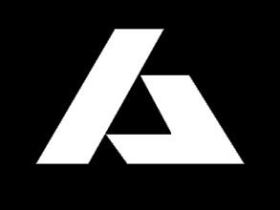
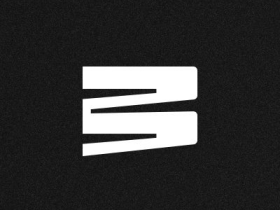
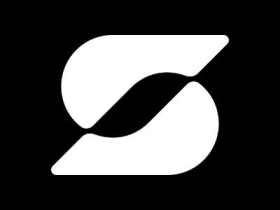

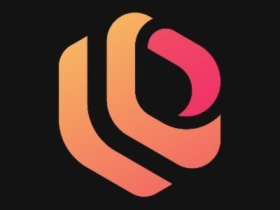

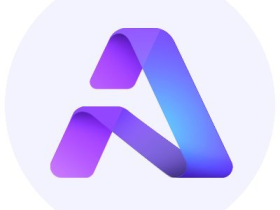

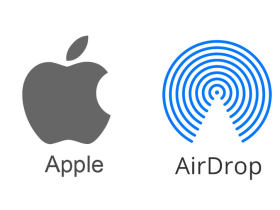
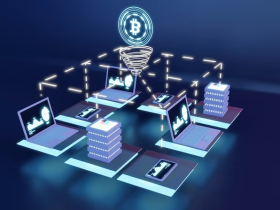
Leave a Reply